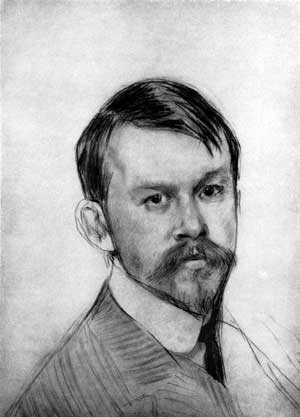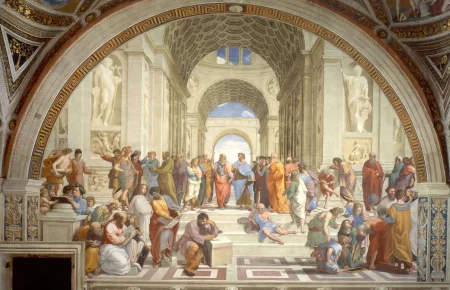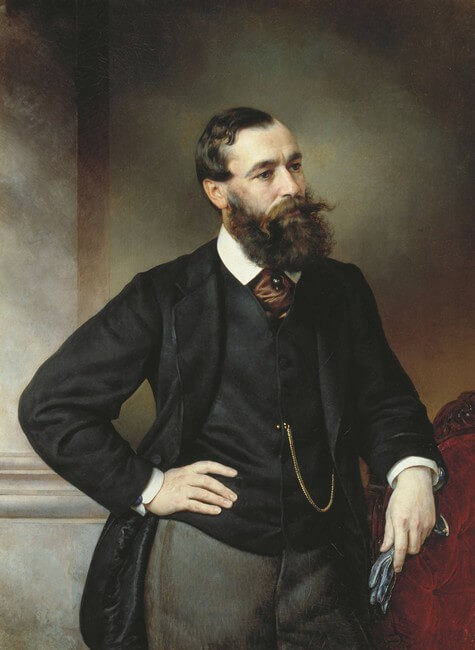Phryne before the Areopagus, Gerome - Description and Analysis Painting
Phryne before the Areopagus - Jean-Leon Gerome. Canvas, oil. 128 x 80 cm
It was more than two thousand years separating Jean-Leon Gerome from ancient Greece, but he kept returning to the subject topic again and again throughout his entire life. The painting titled “Phryne before the Areopagus” was created back in 1861.
According to legend, hetaera named Phryne lived in Athens, being famous for her perfect figure. Praxiteles, the sculptor, was passionately in love with a woman and, willing to capture her image, sculpted a statue of the Goddess Aphrodite, depicting her fully naked for the very first time in history.
The orator Euthius, whose courtship was rejected by Phryne, got furious, and considered it a genuine blasphemy to sculpt the image of the Goddess with an ordinary mortal woman. He called the hetaera an infidel, calling for a trial.
Hyperides, who was the well-known orator of those times, volunteered to defend Phryne, but was unable to convince the judges with his words and, in a furious impulse, pulled the young woman’s clothes off. The divine beauty of her body bounced back. All of the judges unanimously confirmed that in such a beautiful and perfect body, no dark soul could be hidden.
The canvas captures the very moment when Phryne appears naked before the court. Jerome attempted to show the faces of each of the judges their own expressions. One will observe the delight and fear, lascivious voluptuousness and formidable condemnation there. However, none of those worn in red robes remains impassible.
According to one of the existing opinions, this painting is Jerome's response to those accusing him of excessive depiction of naked bodies. Phryne, in fact, is being judged by the heliaia, but the painter deliberately replaced this term with "Areopagus". The expression on the judges’ faces, says that if nudity in art does not leave anyone indifferent, why then do people try to accuse him of all mortal sins.
The opinions of the critics divided when it came to Phrine’s prudery. Some of them said that a girl who earning a living with her body, could not try to hide herself from the judges, while others discussed the unearthly beauty of the body and the shame that is felt even in the toes.
Today, this painting is the property of the Hamburg Art Museum.
Comments (0)
Top
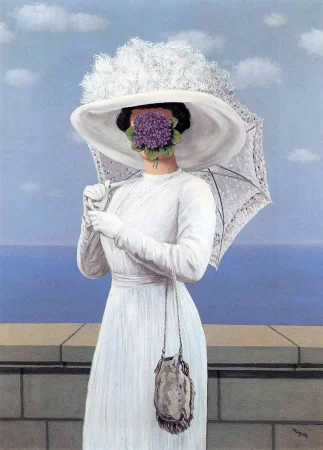 Painting The Great War, Rene Magritte - Meaning and Analysis
Painting The Great War, Rene Magritte - Meaning and Analysis
The Great War - Rene Magritte. Canvas, oil. 81 x 60 cm...
10.10.23
1 086
0
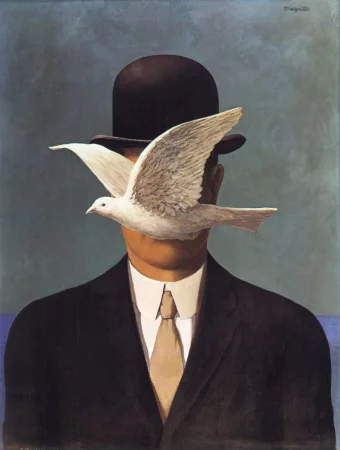 The man in the bowler hat, Rene Magritte
The man in the bowler hat, Rene Magritte
The man in the bowler hat - Rene Magritte. Canvas, oil. 70 x 50 cm...
06.09.23
2 724
0


